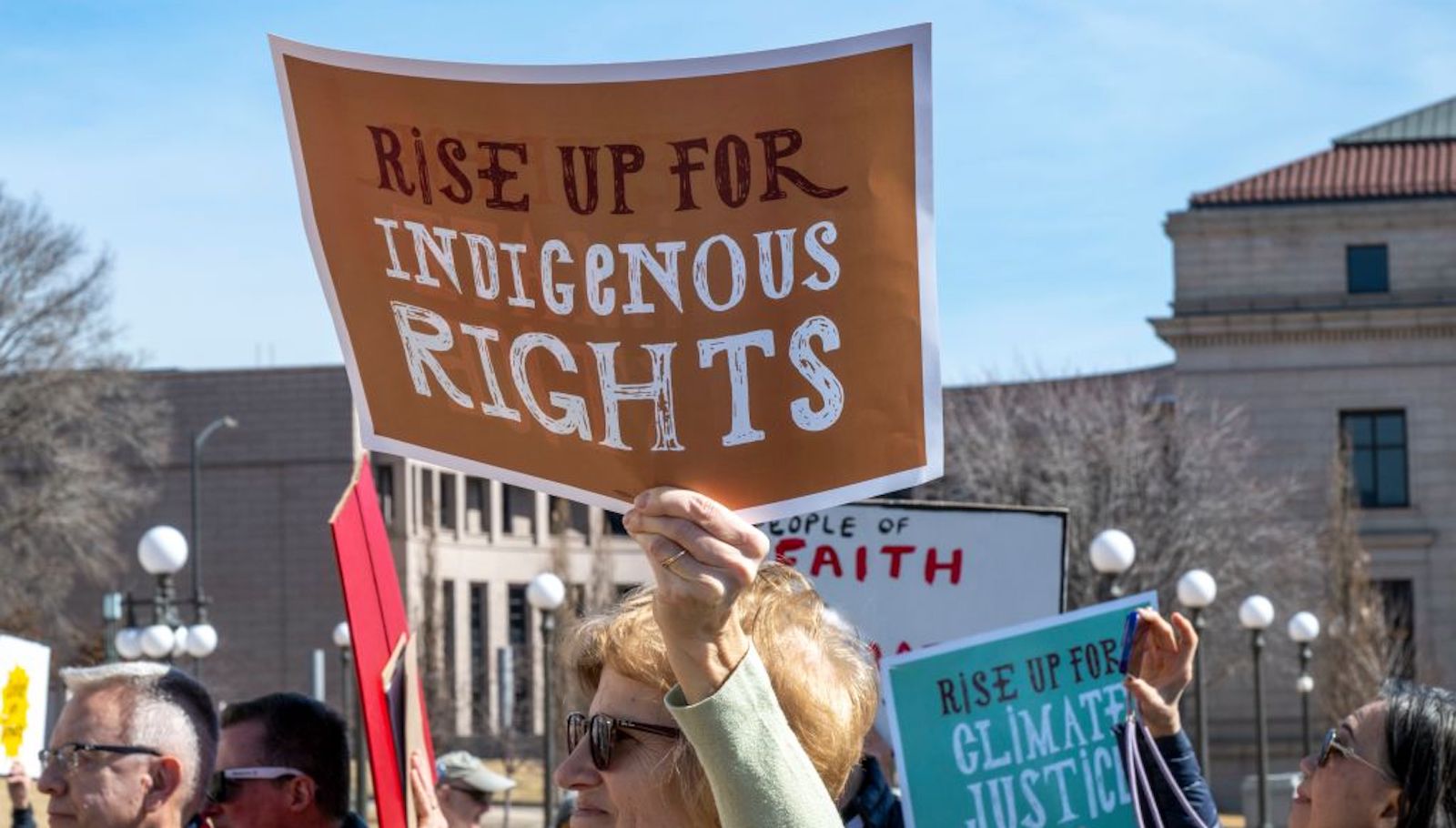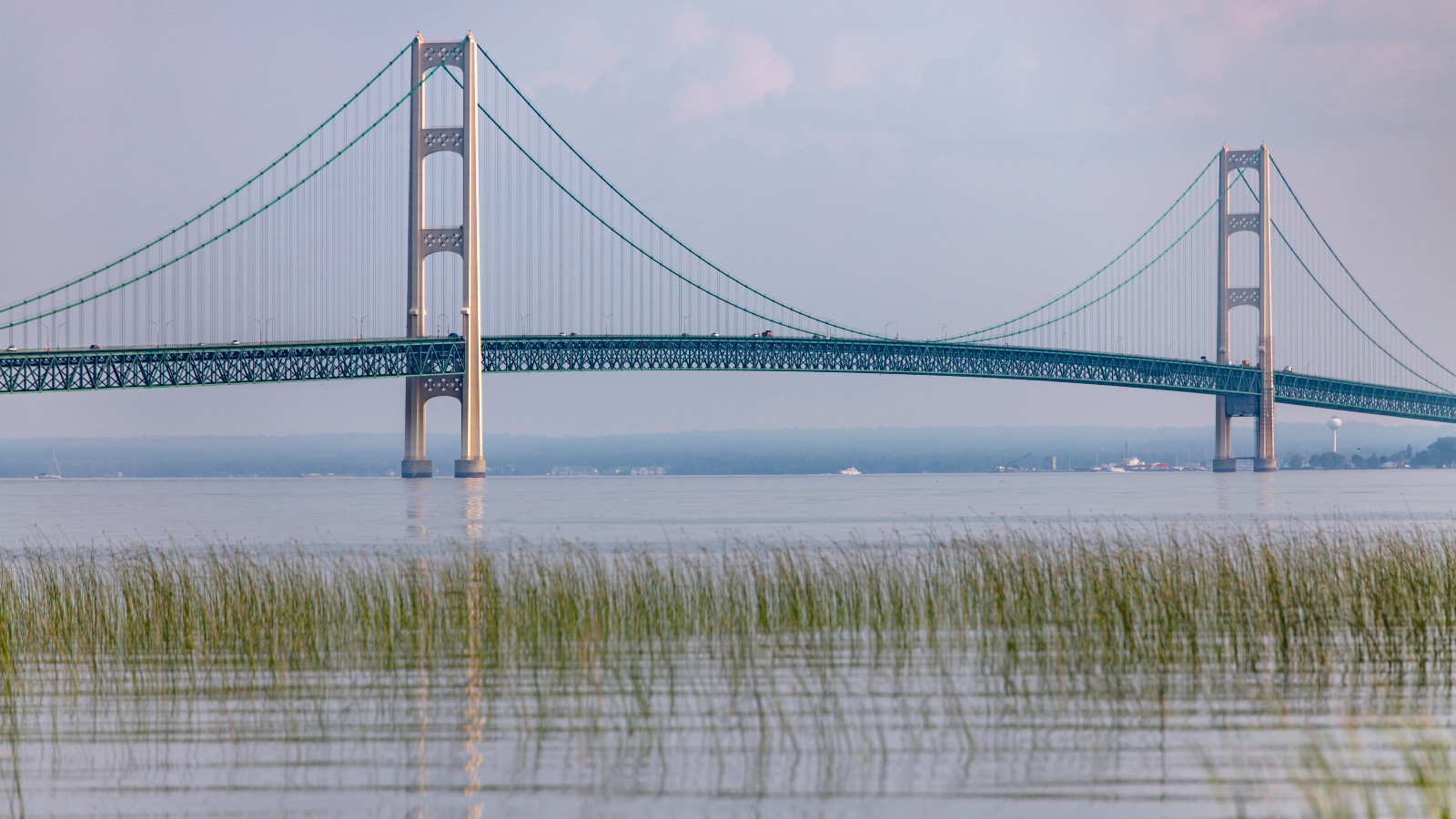This story is part of a Grist package examining how President Trump’s first 100 days in office have reshaped climate and environmental policy in the U.S.
When Native Hawaiian combat veteran Joseph Guzman-Simpliciano got back home to Hawaiʻi from Afghanistan and Iraq, he was shocked at how the burnt-out, abandoned cars lying by the side of the road on the west side of Oʻahu reminded him of the war zone he had just left.
Joseph and his wife, Carmen, founded Kingdom Pathways to help empower their community to address environmental problems like water contamination and illegal dumping. “We founded Kingdom Pathways out of love for our land,” said Carmen, who is both Native Hawaiian and Cherokee.
By the end of last year, they had received a $3 million federal grant to help empower their community to shape environmental policy. The money would’ve enabled their organization to hire about a dozen people; train community members on citizen science, such as taking air quality and water samples; and help educate the community on longstanding environmental challenges like how to get rid of cesspools.
When she found out about the grant, Carmen was shocked. “I said, ‘What? Little old us?’” she said. “I’m just a mom trying to figure out how to keep my children safe in my community.”
Courtesy of Carmen Guzman-Simpliciano
But her excitement was short-lived. Over the course of the first 100 days of his second term, President Donald Trump has been slashing millions of dollars in federal funding that supports Indigenous peoples and their environmental work. He has changed policies to make it easier for developers to fast-track energy projects and eliminated numerous federal jobs in agencies like Indian Health Services and the Bureau of Indian Affairs. More than $350 million has been frozen for tribal nations and Alaska Native communities, including money to replace asbestos-ridden homes for the Tyonek people in Alaska and upgrade their homes with solar panels to help them offset monthly electric bills that can range from $300 to $800, and funding to prevent an eroding riverbank from swallowing up the homes in the Alaska Native Village of Kipnuk.
The chaos is part of a broader pattern of the Trump administration to act quickly regardless of legality and reverse policies when needed, even at the cost of sowing confusion and wasting money. “It’s been a shitshow,” said Matthew Fletcher, a law professor at Michigan State University and member of the Little Traverse Bay Bands of Odawa Indians.
In his home state of Michigan, tribal nations like the Bay Mills Indian Community have experienced the twin effects of both loss of federal funding and consequences of Trump’s push to deregulate energy projects. Last year, Bay Mills received a multimillion dollar award to build up its solar infrastructure; in February, that funding was frozen. For years they have been fighting an expansion of the Line 5 oil pipeline that snakes through the Great Lakes; this year, Trump fast-tracked it, prompting Bay Mills and other tribal nations to withdraw from a federal consultation process.
Kingdom Pathways’ grant through the U.S. Environmental Protection Agency wasn’t specifically for Indigenous-led organizations, but it was slashed as part of a broader defunding of EPA’s Community Change grants that had sought to address climate and environmental justice. Within the past two weeks, a court ruled that the Trump administration violated the law in failing to pay out the grants promised to Guzman-Simpliciano’s and similar organizations. The money is now flowing again, but it’s not clear how long that’ll continue.
“There’s a lot of uncertainty,” said Gussie Lord, a managing attorney at the environmental law firm Earthjustice and a citizen of the Oneida Nation of Wisconsin. “People don’t know what is going on or how it’s going to impact their programs.”
The funding cuts have been so severe and widespread that more than 20 Native organizations banded together to form a new Coalition for Tribal Sovereignty to defend their rights amid Trump’s rapid-fire federal policy changes. Since February, they have written nearly two dozen letters to the Trump administration and Congress pushing back on budget cuts.
“We are not the cause of federal deficits, nor should federal savings be achieved to our detriment,” the coalition said in a letter to Interior Secretary Doug Burgum last month. “In fact, the U.S. should prioritize payment on debt to tribal nations as its original creditors.”
Part of the reason Indigenous peoples are particularly affected by federal upheaval is because tribal nations necessarily deal with the federal government more so than non-Indigenous peoples, Lord said. That’s because many tribal nations have treaties with the U.S. that establish ongoing trust responsibilities between the U.S. and Indigenous peoples and guarantee certain rights.
Many live on federal Indian reservations, land heavily regulated by U.S. agencies like the Bureau of Indian Affairs. Their children go to schools funded by the U.S. Department of Education or they receive health care from the federally funded Indian Health Service. Indigenous peoples in Alaska and the Pacific region also rely on federal funding, and in the U.S. territories, they lack voting representation in Congress and the ability to vote for president.
Allison Neswood, an attorney at the Native American Rights Fund, said the cuts are particularly painful because tribal services have been perpetually underfunded — for example, public safety and justice programs are funded at 13 percent of the estimated need, and health care is funded at half. Because of this, in addition to advocacy and litigation, tribal leaders are also finding ways to work with the Trump administration to resolve their concerns.
“I think this is very existential for tribes. You can’t just walk away from the administration,” Neswood said. “These are life-and-death, existential issues. So I think there’s a real effort to see where we can find some shared priorities or shared interests with the administration.”
The Trump administration says it’s acting in line with its commitment to efficient spending.
“As with any change in administration, the agency is reviewing its awarded grants to ensure each is an appropriate use of taxpayer dollars and to understand how those programs align with administration priorities,” the EPA said in a statement to Grist. “Projects are being individually assessed by period of performance, criticality, and other criteria,” the Bureau of Indian Affairs echoed.
Lord from Earthjustice said her immediate concern goes beyond funding cuts. An Interior Department announcement last week revealed the agency will shorten environmental impact analyses timelines that can take as long as two years down to 28 days.
“Things like mines, pipelines, big oil and gas leases, things that can really impact a huge area of land, and a large watershed — those environmental reviews have been arbitrarily truncated,” she said. “It really covers a broad swath of industrial activities.”
Fletcher from Michigan State University said such deregulation might benefit a small percentage of tribes who have oil reserves, but that many others will find themselves shut out from decision-making on projects affecting their communities. Trump signed an executive order earlier this year to fast-track energy projects, and is jump-starting a copper mine at Oak Flat to meet growing demand for critical mineral mining over the objections of the Western Apache people.
“We’re finding that much of the legal and political infrastructure we’ve established vis-a-vis the federal government is being systematically dismantled,” he said.
Source link
Anita Hofschneider grist.org



